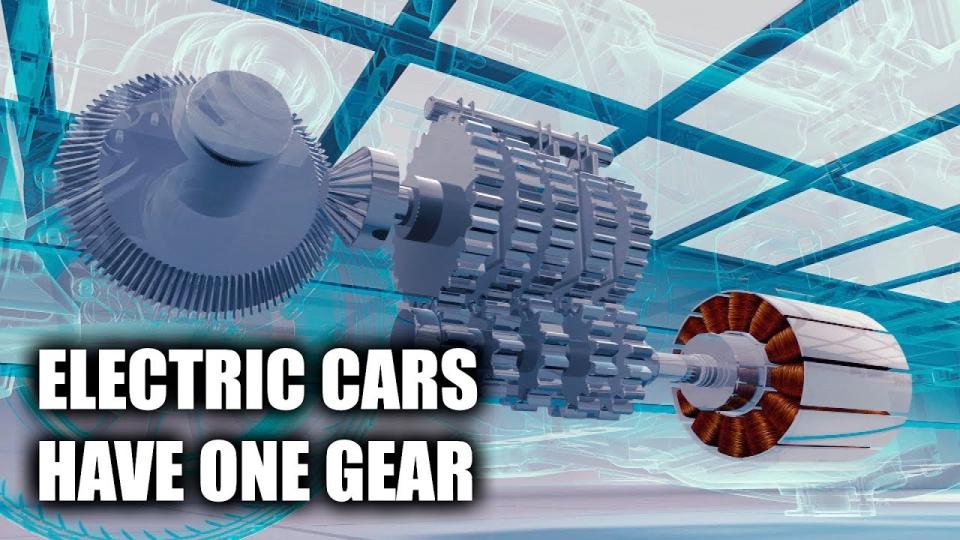Why Don't Electric Cars Have Multiple Gears?

One of the biggest differences between electric cars and their conventional counterparts has to do with the drivetrain. An internal combustion vehicle has a multi-speed gearbox with numerous ratios; nearly every electric car has a single-speed transmission.
Implicitly, this makes sense. An electric motor delivers its maximum torque at zero RPM. Unlike an internal combustion engine, it doesn't need a system to disconnect it from the drivetrain to allow it to idle while the vehicle is stopped. But there's a more in-depth explanation to be had here, and it's fascinating.
Electric motors have a much larger RPM range than the typical internal combustion engine. And unlike a gas or diesel engine, an electric motor makes its best power output over an incredibly broad RPM range. So instead of packing the car with numerous gears to keep the engine in its happy zone, designers of electric cars just pick a gear ratio that provides a good compromise between acceleration and top speed. And with the typical electric motor capable of sustaining 20,000 RPM, the top speed often isn't even a limiting factor.
There's more that goes into this, too - delightful math and delicious graphics. And Jason Fenske of YouTube's Engineering Explained is here to go into the nerdy details like you've never had it explained to you before.
You Might Also Like

 Yahoo Autos
Yahoo Autos 